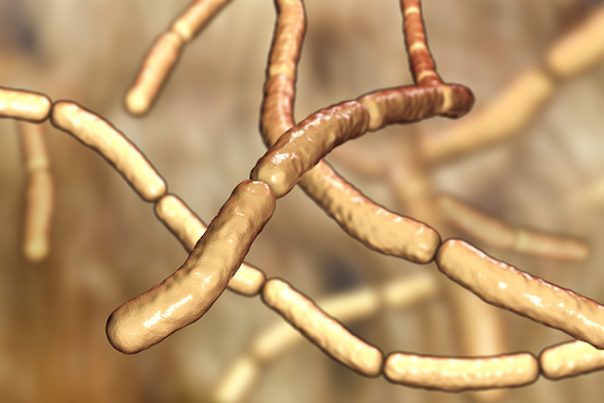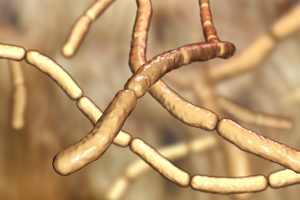
Pyrazophos — toxicity, side effects, diseases and environmental impacts
Saturday, November 18, 2017 by Michelle Simmons
http://www.naturalpedia.com/pyrazophos-toxicity-side-effects-diseases-and-environmental-impacts.html

Pyrazophos is a systemic fungicide that is particularly active against powdery mildews. It belongs to a common class of pesticides called organophosphates, and can be physically described as a colorless to olive brown crystalline solid. It is used not only as a preventive treatment, but also as a curative. It works by inhibiting the synthesis of phospholipids. It is mainly used on cereals, cucurbits, and some fruits, while it is used less on vegetables, hops, and some applications in ornamental plants and tobacco. Pyrazophos has the molecular formula of C14H20N3O5PS .
List of known side effects
Pyrazophos is harmful if swallowed or inhaled. It is also hazardous to the environment, particularly to the aquatic environment, as it is toxic to aquatic life with long-term effects. In addition, direct skin contact with the chemical may cause irritation. Likewise, direct contact with eyes may cause irritation.
Exposure to organophosphates, like pyrazophos, may cause excessive salivation, sweating, rhinorrhea, tearing, muscle twitching, weakness, tremor, incoordination, headache, dizziness, nausea, vomiting, diarrhea, abdominal cramps, respiratory depression, chest tightness, wheezing, cough, fluid in the lungs, pinpointed pupils, dark or blurred vision. In severe situations, it may cause seizures, incontinence, respiratory depression, loss of consciousness, and cholinesterase inhibition.
According to an entry by HealthLine.com, organophosphate poisoning can lead to some serious complications, including metabolic disorders, such as high blood sugar, glycosuria, and diabetic ketoacidosis, inflammation of the pancreas, neurological problems such as muscle weakness and twitching, poor concentration, memory loss, and post-traumatic stress disorder, fertility problems, paralysis, and cancer.
Body systems affected by pyrazophos
The body systems adversely affected by pyrazophos are the integumentary, ocular, digestive, nervous, muscular, and reproductive systems.
Items that can contain pyrazophos
Items that can contain pyrazophos are fungicides that are used to control Erysiphe, Helminthosporium, and Rhynchospium spp. in cereals; vegetables including curcubits, brassicas, egg plants; hops; some fruits, such as apples, apricots, citrus, melon; ornamentals; cucumber; and tobacco. Some of the brand names that use pyrazophos include Furesan, Masolon, Siganex, Sigma, Afugan, and Curamil.
How to avoid pyrazophos
Pyrazophos exposure can be minimized or avoided in several ways when handling it. One of these ways is to have a proper ventilation in the area to avoid inhaling the chemical. In case there is no proper ventilation, wearing an appropriate respirator is important. To prevent contact in the eyes, wearing safety glasses with side shields is recommended. Another way to prevent skin contact with pyrazophos is by wearing suitable protective gloves and clothing. When working with the chemical, do not eat, drink, or smoke. It is also important to wash hands after handling it and before eating, drinking, or smoking. Likewise, routinely washing the protective equipment used is important in order to remove contaminants.
Where to learn more
Summary
Pyrazophos is a systemic fungicide that is used against powdery mildews on cereals, cucurbits, fruits, vegetables, hops, ornamental plants, and tobacco.
Pyrazophos is very toxic for the aquatic environment.
Pyrazophos is toxic when inhaled and ingested.
Extreme exposure to pyrazophos may cause seizures, incontinence, respiratory depression, loss of consciousness, and cholinesterase inhibition.
Pyrazophos may cause high blood sugar, glycosuria, and diabetic ketoacidosis, inflammation of the pancreas, neurological problems such as muscle weakness and twitching, poor concentration, memory loss, and post-traumatic stress disorder, fertility problems, paralysis, and cancer.
Pyrazophos may adversely affect the integumentary, ocular, digestive, nervous, muscular, and reproductive systems.
Sources include:
Tagged Under: Tags: Pyrazophos






